Home>diy>Architecture & Design>What Is “WH” On A Floor Plan
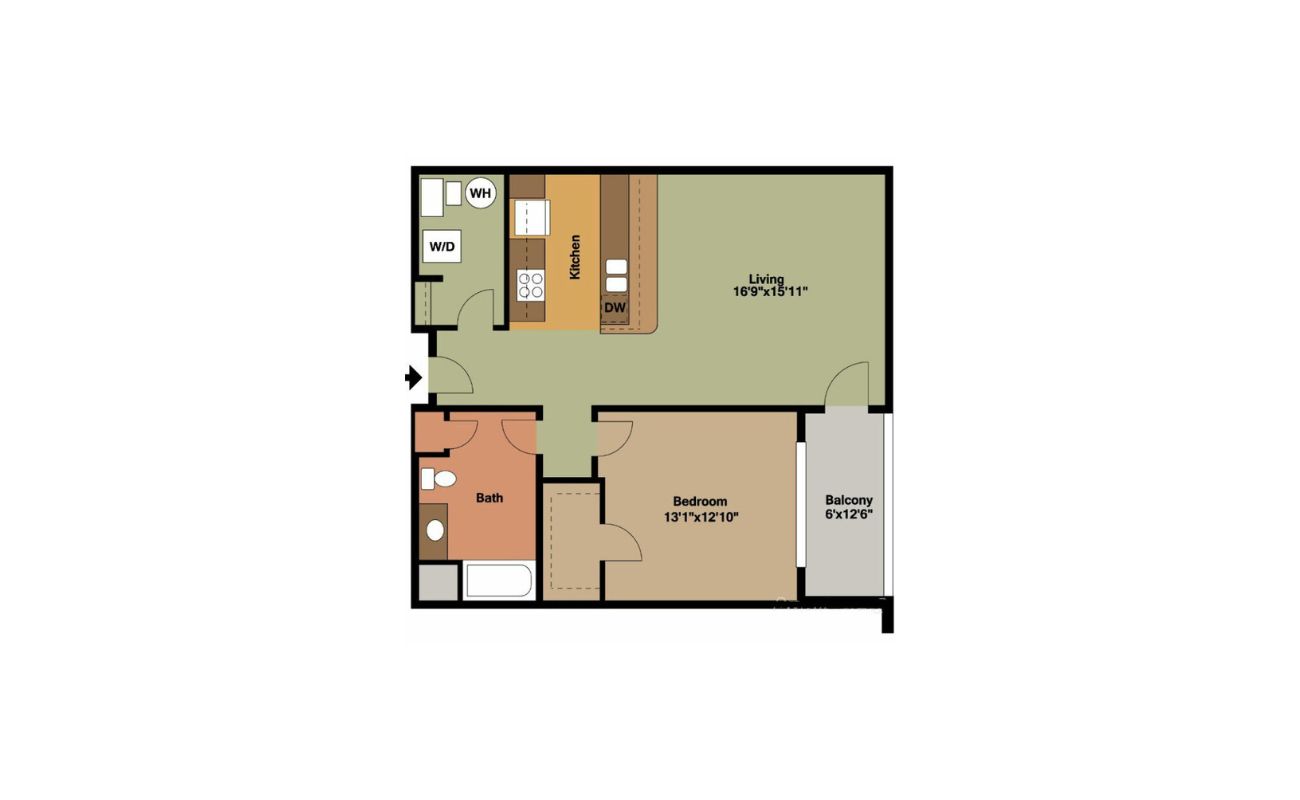

Architecture & Design
What Is “WH” On A Floor Plan
Modified: January 8, 2024
Learn what "WH" stands for on a floor plan and its significance in architecture design. Discover the key elements and interpretation behind this common abbreviation.
(Many of the links in this article redirect to a specific reviewed product. Your purchase of these products through affiliate links helps to generate commission for Storables.com, at no extra cost. Learn more)
Introduction
Welcome to the fascinating world of architectural design and floor plans! If you’ve ever come across a floor plan, you might have noticed a mysterious abbreviation or symbol labeled as “WH.” But what does it actually mean? In this article, we will explore the meaning, purpose, components, and importance of “WH” on a floor plan.
Before we dive into the specifics, let’s first establish what “WH” stands for. In the realm of architecture and design, “WH” is an abbreviation for “Water Heating.” It refers to the location or area designated for water heating systems within a building or property.
The inclusion of “WH” on a floor plan is crucial to ensure proper planning and allocation of space for installing and operating water heating systems. It allows architects, designers, and contractors to accurately visualize and organize the plumbing infrastructure, ensuring efficient operation and convenient accessibility for maintenance and repairs.
Understanding the various components and features associated with “WH” on a floor plan is essential. It involves knowledge of different heating systems, their installation requirements, and the necessary space allocation to accommodate the water heating infrastructure.
Now that we have a basic understanding of what “WH” represents, let us discuss the significance of including this information on a floor plan.
Key Takeaways:
- “WH” on a floor plan represents the designated area for water heating systems within a building, ensuring efficient space planning, functional accessibility, and compliance with regulations for optimal integration and operation.
- Understanding how to read and interpret “WH” on a floor plan involves familiarizing oneself with architectural symbols, abbreviations, and the overall layout of the plan, facilitating effective communication and coordination between all stakeholders involved in the construction process.
Read more: What Does “WH” Mean In A Floor Plan
Definition of “WH”
As mentioned earlier, “WH” is an abbreviation for “Water Heating” on a floor plan. It refers to the specific area or location where the water heating systems are installed within a building or property.
The water heating systems, commonly known as water heaters, are responsible for heating the water used for various purposes, such as domestic hot water supply, space heating, or industrial processes. These systems typically consist of a storage tank or a heat exchanger that heats the water using electricity, gas, or renewable energy sources.
When designing a floor plan, architects and designers need to allocate sufficient space for the water heating systems, taking into consideration the size, capacity, and specific requirements of the chosen heating system. This includes factoring in the dimensions of the water heater, ventilation requirements, access for maintenance and repairs, and possible connections to utility lines such as gas, electricity, or solar energy sources.
By clearly indicating “WH” on a floor plan, the architectural team can ensure that the water heating systems are properly installed and integrated into the building’s infrastructure. It helps to streamline the construction process by guiding contractors and plumbers in locating the necessary connections, vents, and conduits required for effective operation.
It’s important to note that “WH” is just one example of the many abbreviations and symbols used on floor plans to represent different features and elements. Each abbreviation serves as a communication tool, allowing professionals in the industry to quickly understand and interpret the layout of a building.
Now that we have established the definition of “WH,” let’s explore its purpose and why it is essential to include it on a floor plan.
Purpose of “WH” on a Floor Plan
The inclusion of “WH” on a floor plan serves several important purposes. Let’s explore the significance of indicating the location of water heating systems within the architectural design:
- Efficient Space Planning: By designating the area for water heating systems on the floor plan, architects and designers can allocate sufficient space for the installation. This ensures that the water heating equipment is properly accommodated, facilitating efficient space planning within the building. It allows for the integration of the water heating infrastructure with other plumbing systems, electrical connections, and utility lines.
- Clarity in Construction: Including “WH” on a floor plan provides clarity to contractors, plumbers, and construction teams by indicating the specific area where the water heating systems should be installed. It eliminates any confusion or ambiguity regarding the placement of equipment, vents, and connections, ensuring that the construction process progresses smoothly and efficiently.
- Maintenance and Repairs: Clearly marking the location of water heating systems on a floor plan makes it easier for maintenance personnel to identify and access the equipment when repairs or inspections are required. It saves time and effort in locating the systems, allowing for prompt and efficient servicing. Additionally, proper allocation of space for maintenance access ensures that technicians can comfortably carry out their work without disrupting the surrounding areas.
- Functionality and Convenience: Including “WH” on a floor plan ensures that the water heating systems are strategically placed within the building, considering factors like proximity to water supply lines, energy sources, and usage areas. This promotes functional efficiency and convenience by minimizing heat loss during water distribution, ensuring quick access to heated water when needed, and optimizing the energy efficiency of the heating system.
- Compliance with Building Codes: Building codes and regulations often dictate specific requirements for water heating systems, including minimum clearances, ventilation standards, and safety considerations. By indicating “WH” on a floor plan, architects and designers can ensure that the design complies with these codes and regulations, avoiding any potential issues during inspections or approvals.
Considering the significance of water heating systems in a building’s functionality and comfort, accurately representing “WH” on a floor plan becomes paramount. It allows for a well-coordinated and efficient design and construction process, ensuring the optimal performance and longevity of the water heating infrastructure.
In the next section, we will delve into the various components and features associated with “WH” on a floor plan.
Components and Features of “WH” on a Floor Plan
When we talk about “WH” on a floor plan, we are referring to the designated area where the water heating systems are located. Let’s explore the components and features typically associated with “WH” on a floor plan:
- Water Heater: The central component of any water heating system is the water heater itself. This can be a tank-based system or a tankless system, each with its own set of dimensions and installation requirements. The water heater is responsible for heating and storing the hot water until it is needed for various purposes within the building.
- Connections: The floor plan will typically indicate the connections required for the water heating system. This includes the inlet for cold water supply, the outlet for hot water distribution, and any additional connections for gas or electricity supply, depending on the type of water heater being used. These connections ensure that the water heating system is properly integrated into the building’s plumbing infrastructure.
- Vents and Flues: For certain types of water heaters, such as gas-fired or oil-fired units, proper ventilation is essential to ensure safe operation. The floor plan will typically depict the location of vents and flues required to exhaust combustion gases. These vents and flues must meet the necessary clearance and safety standards and provide a route for the byproducts of combustion to exit the building safely.
- Storage Space: The floor plan may allocate specific storage space within the “WH” area for storing maintenance tools, replacement parts, and any other necessary equipment related to the water heating systems. This allows for easy access and organization of materials required for servicing and repairs.
- Utility Connections: In addition to the primary water heating system, the floor plan may indicate the connections to utility sources, such as electricity, gas, or renewable energy sources like solar panels or geothermal systems. These connections ensure that the water heater can efficiently utilize the chosen energy source to heat the water.
It is important to understand that the components and features associated with “WH” on a floor plan may vary depending on the specific type of water heating system and the architectural design. It is crucial for architects, designers, and contractors to have a clear understanding of the chosen water heating system and its requirements to accurately depict the components and features on the floor plan.
In the next section, we will discuss the importance of “WH” on a floor plan and how it contributes to the overall functionality and efficiency of a building.
Importance of “WH” on a Floor Plan
The inclusion of “WH” on a floor plan holds great importance in the design and construction process of a building. Let’s explore why “WH” is vital and how it contributes to the overall functionality and efficiency of a building:
- Optimal Space Allocation: By indicating “WH” on a floor plan, architects can allocate the appropriate amount of space required for water heating systems. This ensures that the systems are placed in an organized and efficient manner, allowing for easy maintenance, accessibility, and integration with other plumbing and utility systems.
- Efficient Plumbing Infrastructure: Accurately including “WH” on a floor plan allows for proper planning of the plumbing infrastructure within a building. It enables designers and construction teams to strategically route water supply lines, drainage systems, and ventilation channels, optimizing the flow of hot water and minimizing heat loss or inefficiencies.
- Energy Efficiency: Designating the area for water heating systems on a floor plan helps architects evaluate and determine the most energy-efficient solutions for a building. It allows for the integration of renewable energy sources like solar or geothermal heating, considering factors like sun exposure, available space, and alignment with the building’s sustainability goals.
- Functional Accessibility: Including “WH” on a floor plan ensures that the water heating systems are conveniently located within the building. This facilitates easy access for maintenance and repairs, reducing downtime and minimizing disruptions to the occupants. It also enables occupants to quickly and conveniently access hot water whenever needed, enhancing the overall functionality and comfort of the building.
- Compliance with Regulations: The accurate representation of “WH” on a floor plan helps architects and designers ensure compliance with building codes and regulations. It ensures that the chosen water heating systems meet the necessary safety, clearance, and ventilation requirements, providing a safe and secure environment for the occupants.
Ultimately, the inclusion of “WH” on a floor plan is essential for effective communication between architectural teams, construction crews, and plumbing professionals. It ensures that everyone involved in the design and construction process understands the specific location, requirements, and features of the water heating systems, reducing errors, miscommunication, and the potential for costly revisions.
Now that we understand the importance of “WH” on a floor plan, let’s delve into the next section to learn how to read and interpret “WH” on a floor plan.
When you see “WH” on a floor plan, it typically stands for “water heater.” This indicates the location where the water heater is installed in the building.
Read more: What Is A Floor Plan
How to Read “WH” on a Floor Plan
Reading and interpreting “WH” on a floor plan requires some knowledge of architectural symbols, abbreviations, and the overall layout of the plan. Here are a few steps to help you read and understand “WH” on a floor plan:
- Orientation and Scale: Familiarize yourself with the orientation and scale of the floor plan. Understand how the plan is laid out and the measurement scale being used to represent the dimensions of the building and its various elements.
- Legend or Key: Look for a legend or key that accompanies the floor plan. This will provide you with the definitions and explanations of the symbols, abbreviations, and labels used on the plan. Locate the symbol or abbreviation for “WH” in the legend to identify its meaning on the floor plan.
- Location and Area: Locate the area where “WH” is indicated on the floor plan. It is usually represented by a small box or label with the letters “WH.” This will show you the specific area within the building where the water heating systems are intended to be installed.
- Connections and Vents: Pay attention to any additional symbols or annotations near the “WH” area that indicate the connections for water supply, hot water distribution, gas or electricity supply, or vents and flues for ventilation. These symbols will help you understand the necessary infrastructure and routing for the water heating systems.
- Proximity to Utility Lines: Take note of the proximity of the “WH” area to utility lines such as water supply lines, electrical panels, or gas lines. This will help you understand the practicality and efficiency of the water heating systems and their integration with the building’s utilities.
- Room Layout: Consider the overall layout of the room or space where “WH” is indicated. Look for any specific features or arrangements that accommodate the water heating systems, such as access doors, clearances, or storage areas. These details can provide insights into how the water heating infrastructure is integrated into the space.
- Context within the Floor Plan: Analyze the overall context of the “WH” area within the floor plan. Look for adjacent rooms, nearby utility areas, or any specific design considerations that may impact the installation or operation of the water heating systems. This will help you understand the larger picture of how “WH” fits within the building’s layout.
Remember, the ability to read and interpret “WH” on a floor plan comes with practice and familiarity with architectural drawings and symbols. By following these steps and referring to the legend or key, you can gain a better understanding of the location, features, and requirements of the water heating systems within the building.
In the next section, we will explore some common symbols and abbreviations used for “WH” on a floor plan, further aiding in the interpretation of these plans.
Common Symbols and Abbreviations Used for “WH” on a Floor Plan
When it comes to floor plans, various symbols and abbreviations are used to represent different elements and features. Similarly, “WH” on a floor plan has its own set of symbols and abbreviations associated with it. Here are some common ones you may encounter:
- Box or Label: The most straightforward symbol for “WH” is a simple box or label with the letters “WH” written inside. This is a clear indication of the designated area for water heating systems within the building.
- Pictogram: Instead of using text, a pictogram or graphic representation of a water heater may be used to indicate the “WH” area on the floor plan. This can include a simplified drawing or a standardized symbol for water heating systems.
- Arrow and Text Annotation: An arrow pointing to a specific area on the floor plan with accompanying text such as “WH” or “Water Heating” is another way to indicate the location of water heating systems within the building. This provides clarity and ensures easy identification.
- Color Coding: In some floor plans, “WH” may be color-coded to highlight its significance. For example, the “WH” area may be shaded in blue to represent water-related systems, distinguishing it from other areas of the plan.
- Abbreviations: Various abbreviations are used alongside “WH” to represent specific types of water heating systems. For example, “EW” may stand for “Electric Water Heater,” “GW” for “Gas Water Heater,” or “SWH” for “Solar Water Heater.” These abbreviations provide more specific information about the type of water heating system to be installed in the designated area.
- Multiple Symbols: Depending on the complexity of the water heating systems, multiple symbols or annotations may be used to represent different components or features within the “WH” area. This can include symbols for water supply connections, hot water distribution lines, vents, and utility connections.
It’s important to note that these symbols and abbreviations may vary depending on the architectural office or design firm. Therefore, it’s essential to refer to the legend or key provided with the floor plan to understand the specific symbols and abbreviations used for “WH” in that particular plan.
By familiarizing yourself with these common symbols and abbreviations, you’ll be better equipped to interpret and understand the “WH” area on a floor plan and its associated components and features.
In the final section, we will look at some examples of “WH” on a floor plan to visualize how it is represented in real-world architectural designs.
Examples of “WH” on a Floor Plan
Let’s explore some examples of how “WH” is represented on a floor plan, showcasing different scenarios and layouts:
- Residential Building: In a residential building, the “WH” area may be indicated in a utility room or basement, where the water heating systems are typically installed. You may find a box labeled “WH” or a pictogram representing a water heater. Connections for water supply, hot water distribution, and ventilation may also be indicated in proximity to the “WH” area.
- Commercial Building: In a commercial building, the “WH” area may be designated in a mechanical room or a dedicated space for utility equipment. The “WH” area may be highlighted in color or labeled with abbreviations such as “EW” for Electric Water Heater or “GW” for Gas Water Heater. The floor plan may also include annotations and symbols for connections, vents, and utility lines associated with the water heating systems.
- Industrial Facility: In an industrial facility, the “WH” area may be larger and more complex, accommodating multiple water heating systems to meet the extensive hot water demands of the facility. The floor plan may feature multiple symbols or annotations for different types of water heating systems, along with associated connections, vents, and utility connections.
- High-Rise Building: In a high-rise building, the “WH” area may be distributed across multiple floors or levels to ensure efficient water heating supply throughout the building. The floor plan would depict the different locations where water heating systems are placed on each floor, along with the necessary infrastructure, connections, and ventilation requirements specific to each area.
- Sustainable Building: In a sustainable or eco-friendly building, the “WH” area may include additional symbols or annotations to represent renewable energy systems such as solar water heaters or heat pump systems. The floor plan would highlight the integration of these environmentally friendly solutions, depicting the connections to solar panels or heat exchangers alongside the traditional water heating systems.
These examples demonstrate the versatility of “WH” on a floor plan and how it can vary based on the type of building and its specific requirements. By analyzing these examples and understanding the symbols and annotations used in each scenario, one can gain a better understanding of how “WH” is represented and interpreted on different floor plan designs.
Now that we have explored examples of “WH” on a floor plan, let’s summarize the key points discussed in this article.
Conclusion
In conclusion, “WH” on a floor plan refers to the designated area for water heating systems within a building. It plays a vital role in the architectural design and construction process, ensuring efficient space allocation, optimal plumbing infrastructure, and compliance with regulations. By including “WH” on a floor plan, architects, designers, and contractors can accurately visualize and organize the placement of water heating equipment, connections, vents, and utility lines.
Understanding how to read and interpret “WH” on a floor plan involves familiarizing oneself with architectural symbols, abbreviations, and the overall layout of the plan. By following steps such as orienting oneself with the plan, referring to the legend or key, and analyzing the context and features of the “WH” area, one can gain a better understanding of the water heating systems and their integration within the building.
Some common symbols and abbreviations used for “WH” include boxes or labels with “WH,” pictograms representing water heaters, arrows with text annotations, and color coding. These symbols and abbreviations may vary, so it’s important to refer to the legend or key provided with the floor plan for accurate interpretation.
Examples of “WH” on a floor plan can range from residential buildings to commercial buildings, industrial facilities, high-rise buildings, and sustainable buildings. The representations may vary based on the building’s requirements and design choices, highlighting the need for proper communication and understanding between all stakeholders involved in the construction process.
In summary, “WH” on a floor plan is a crucial element that allows for efficient space planning, functional accessibility, and compliance with regulations for water heating systems. It facilitates effective communication and coordination between architects, designers, contractors, and other professionals involved in the construction process, ensuring the successful implementation and operation of water heating infrastructure within a building.
So, the next time you come across “WH” on a floor plan, you will have the knowledge and confidence to interpret its meaning and understand its significance in the overall design of the building.
Frequently Asked Questions about What Is "WH" On A Floor Plan
Was this page helpful?
At Storables.com, we guarantee accurate and reliable information. Our content, validated by Expert Board Contributors, is crafted following stringent Editorial Policies. We're committed to providing you with well-researched, expert-backed insights for all your informational needs.

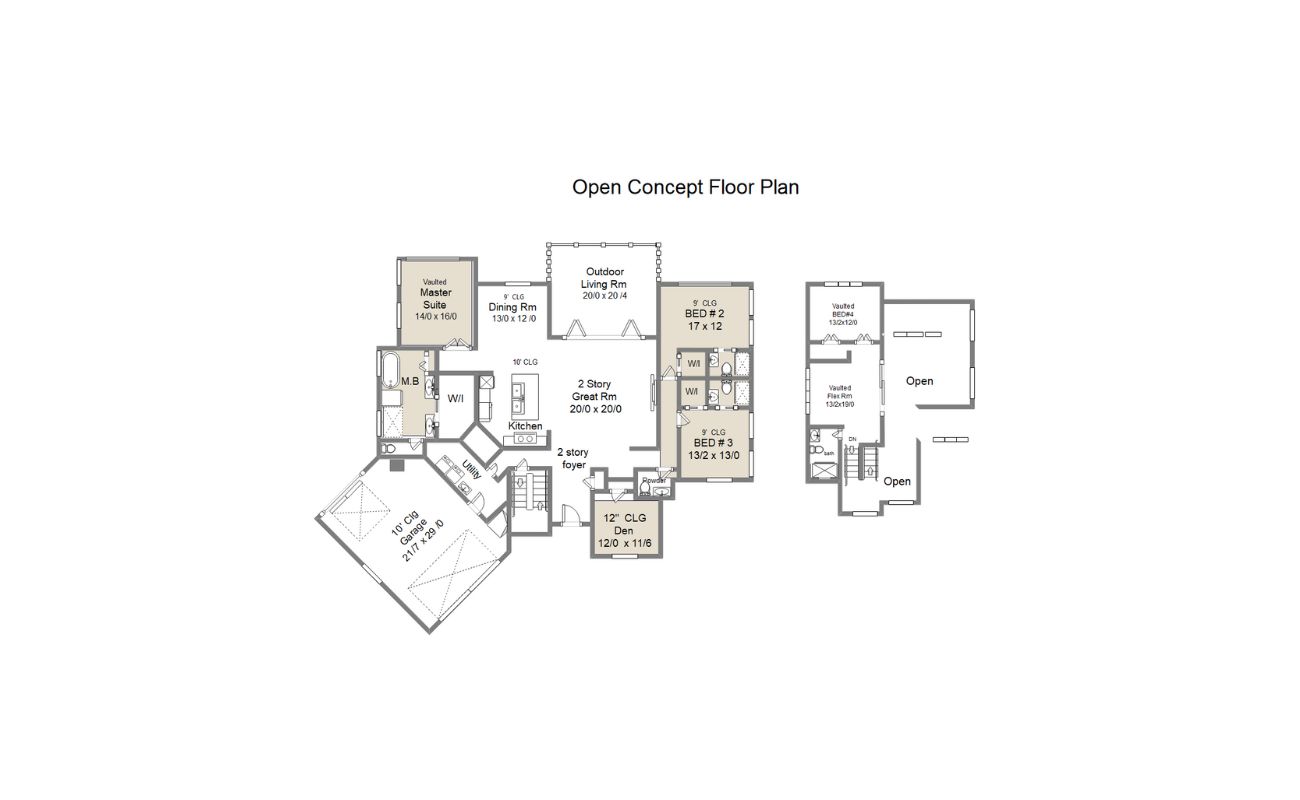
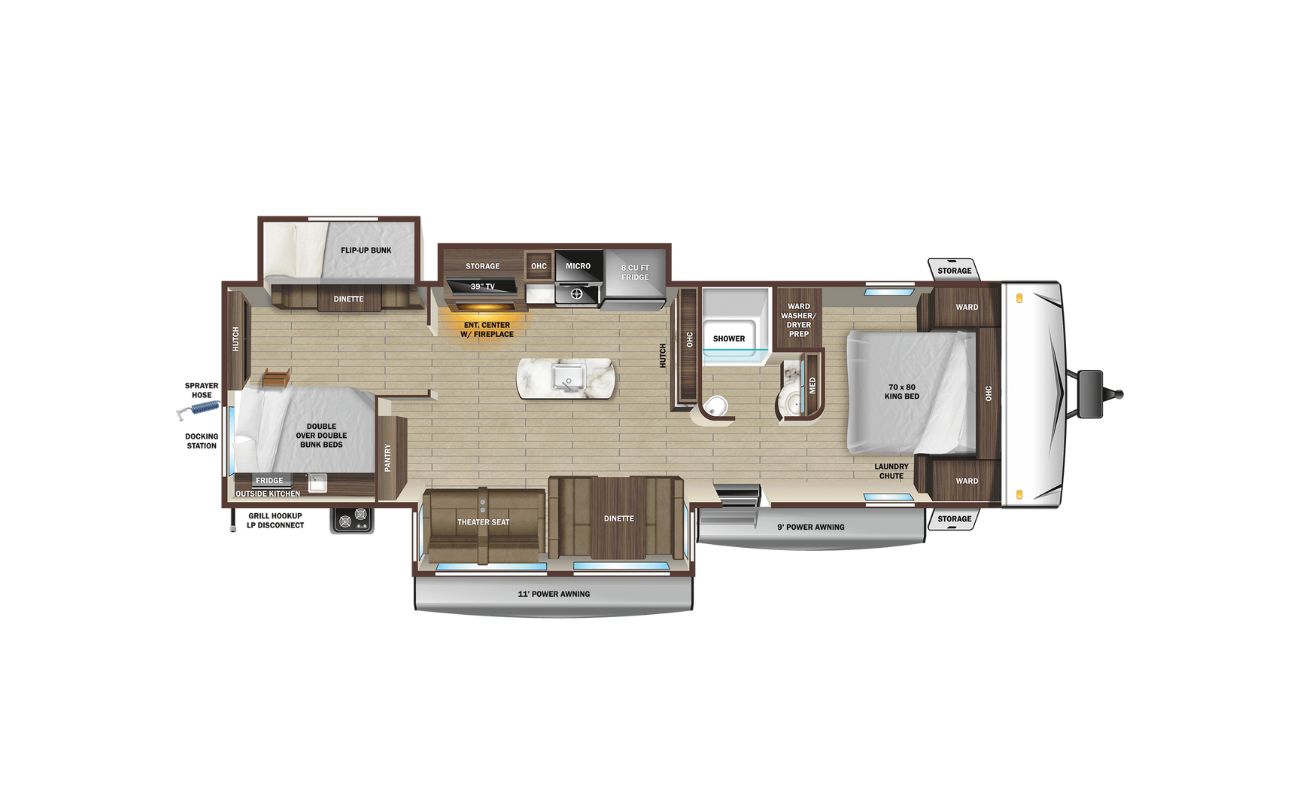
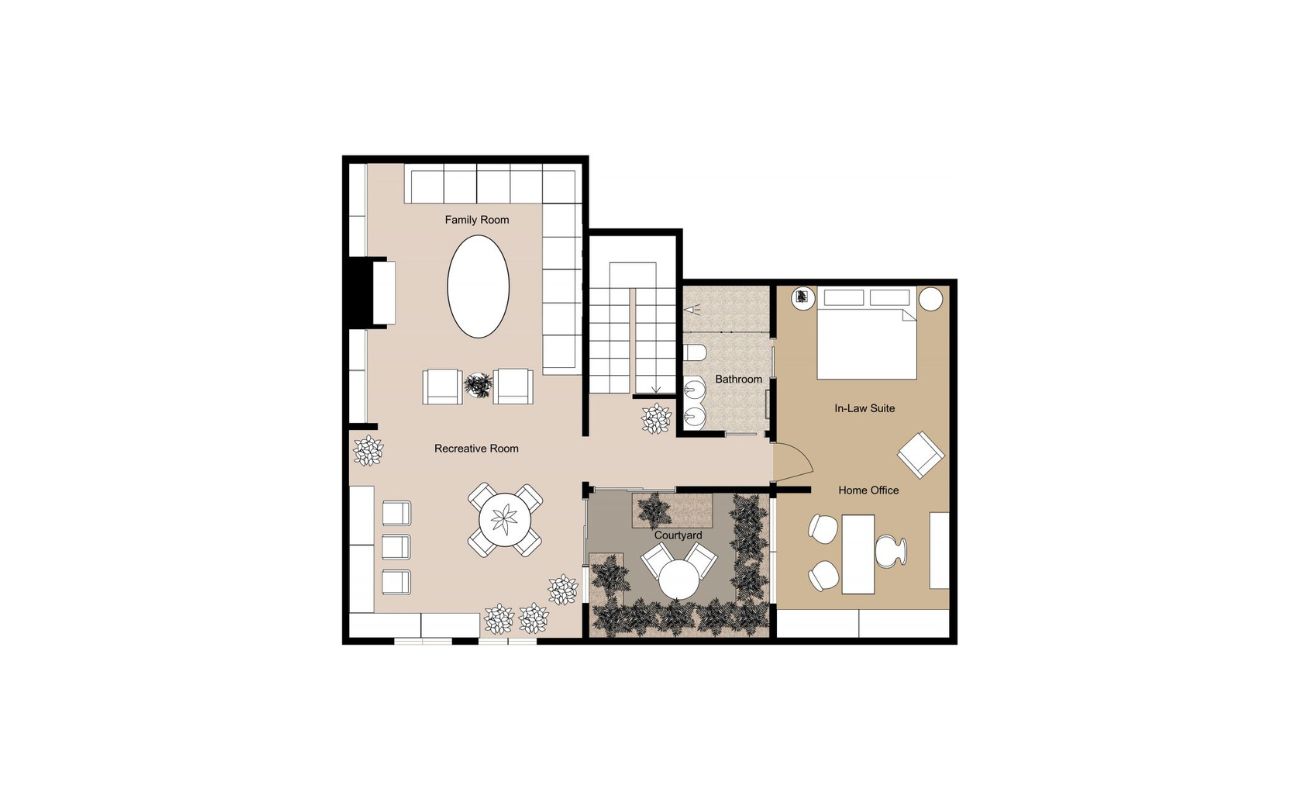
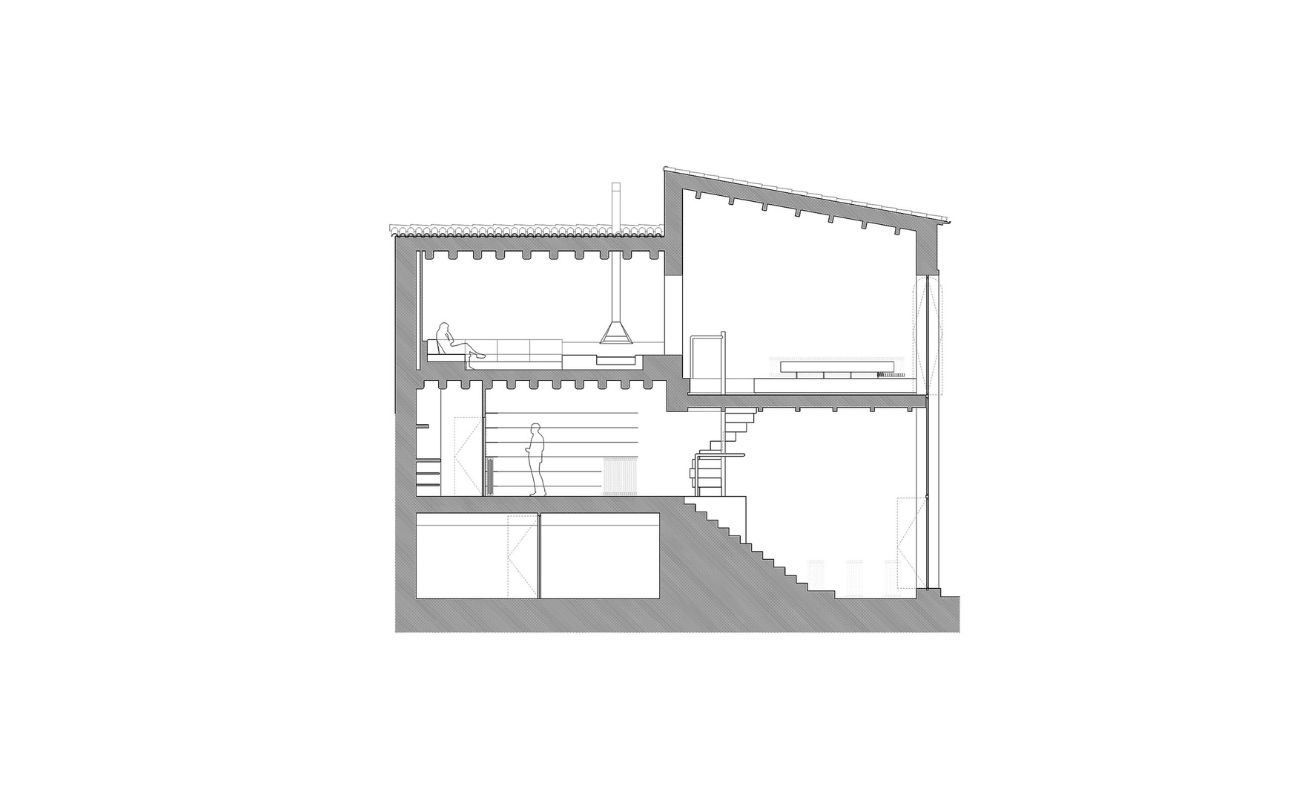
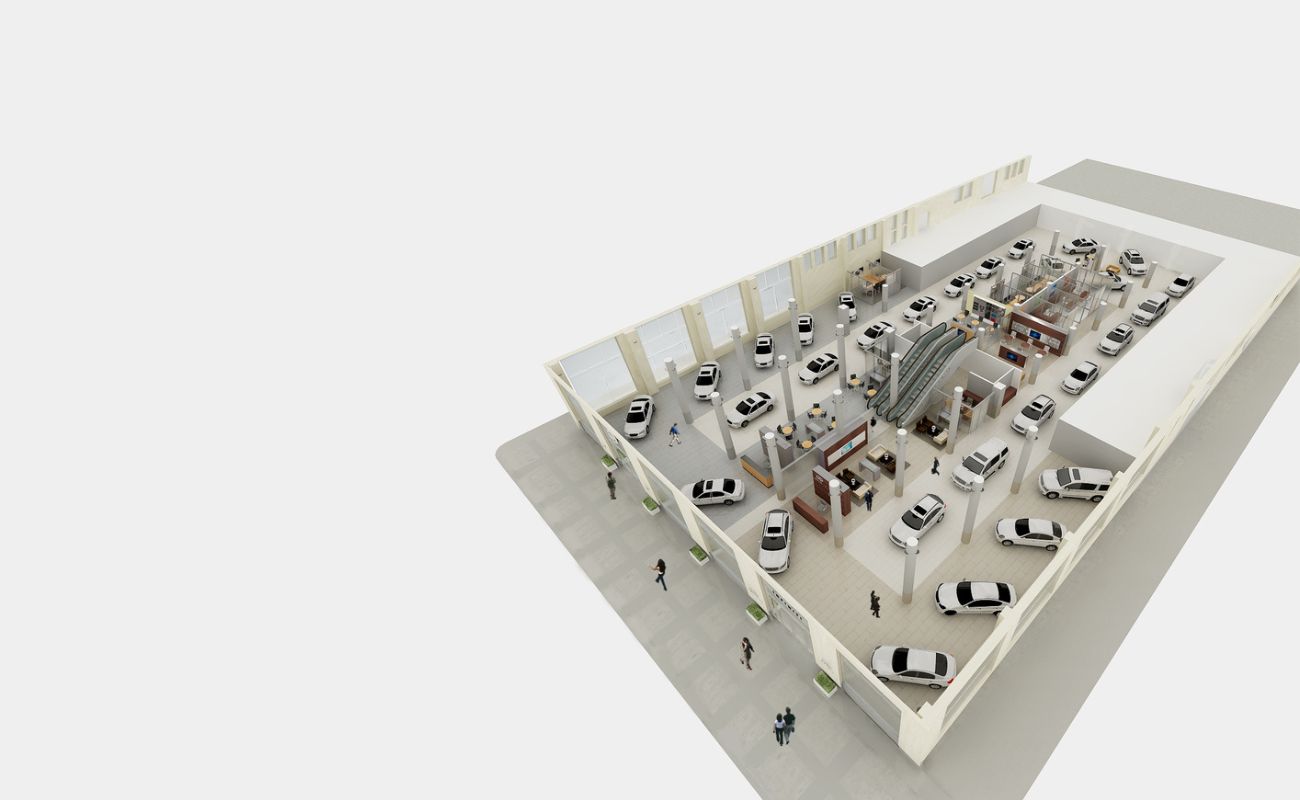
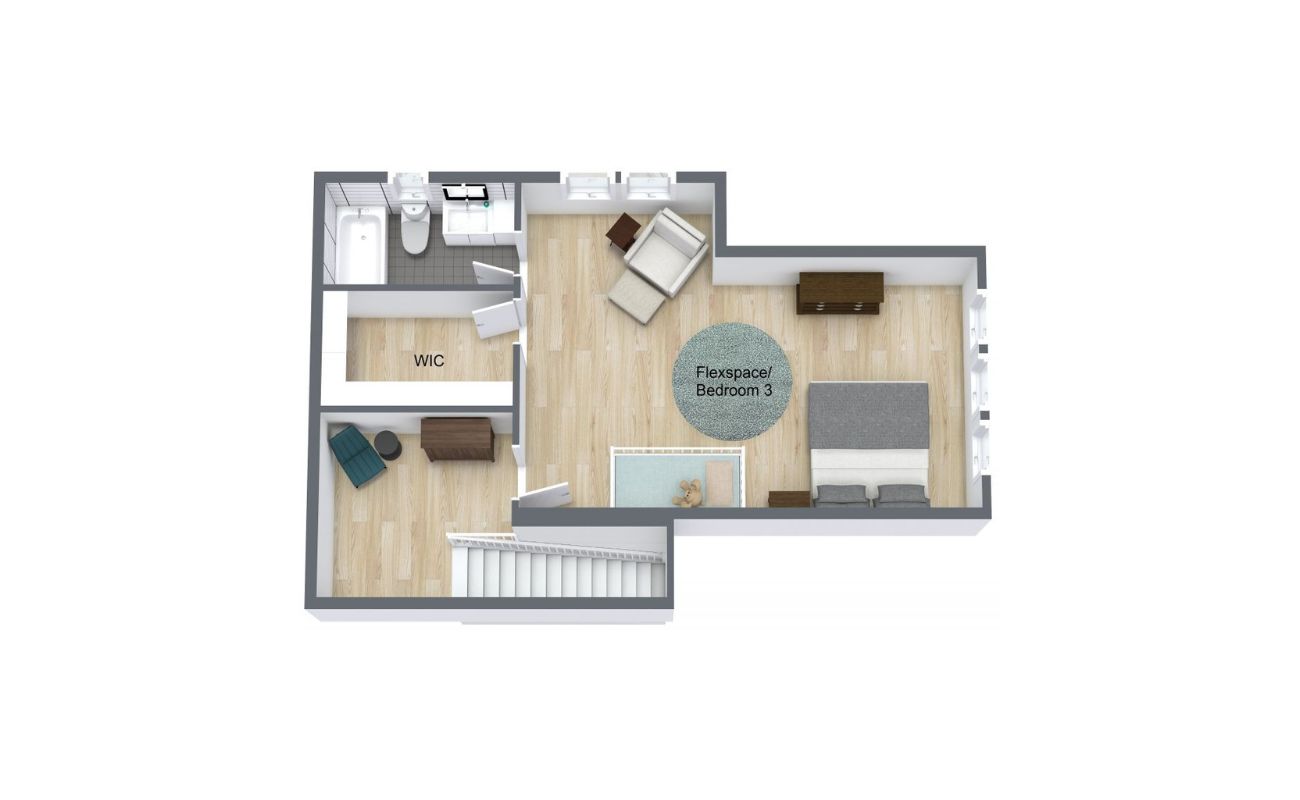

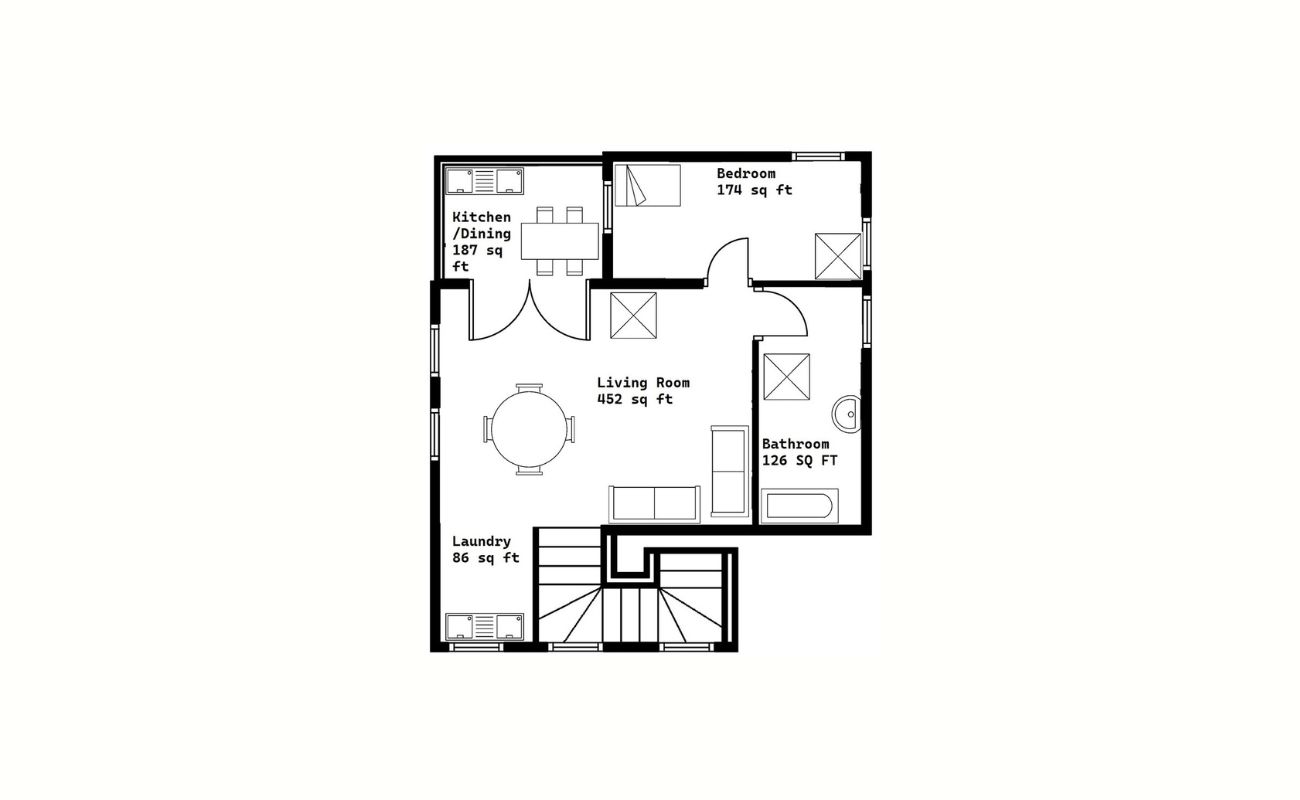
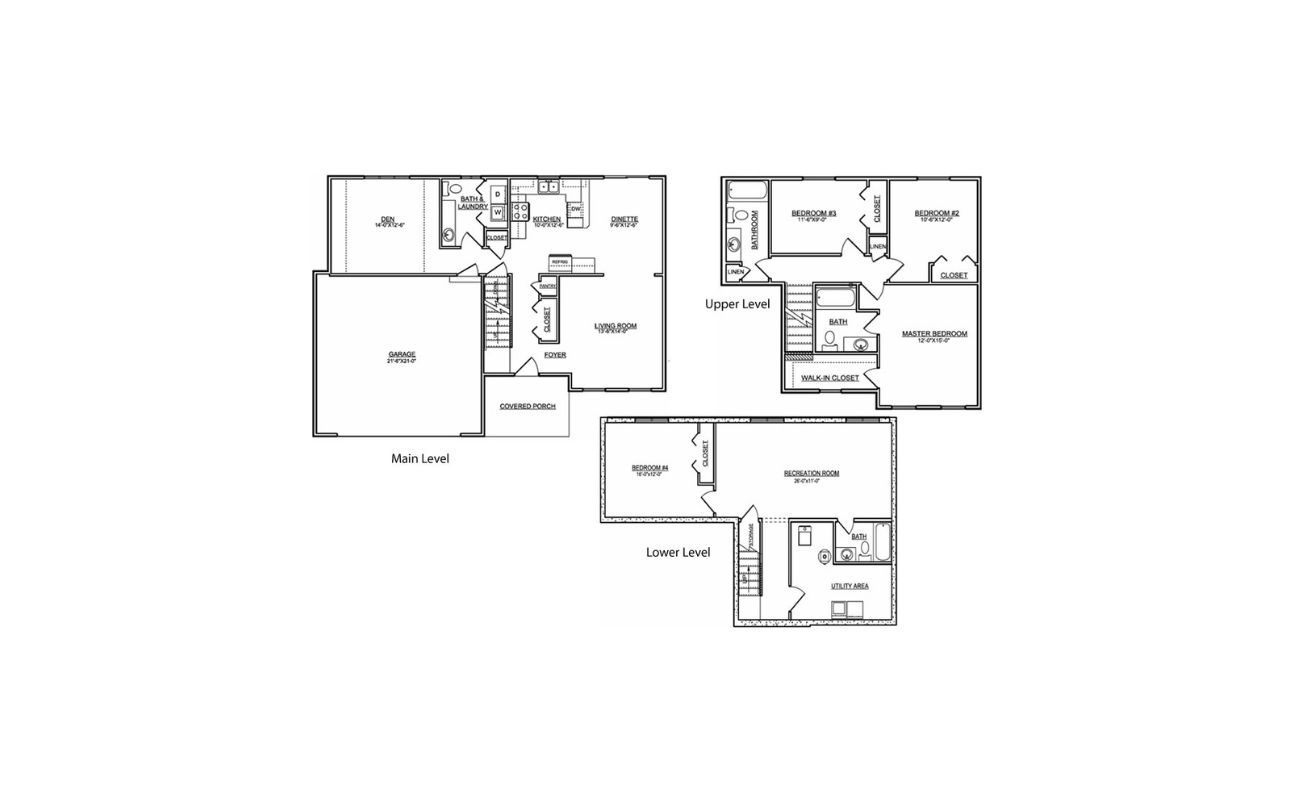
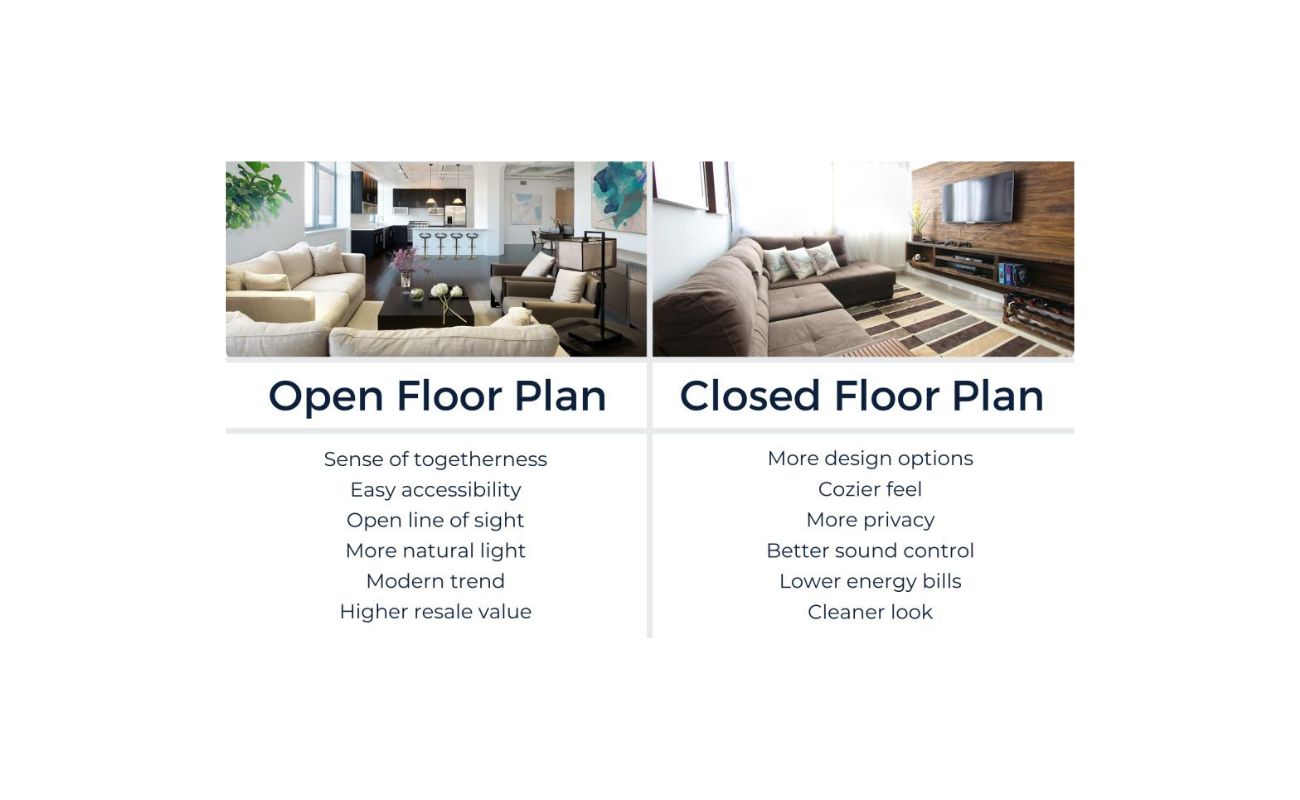
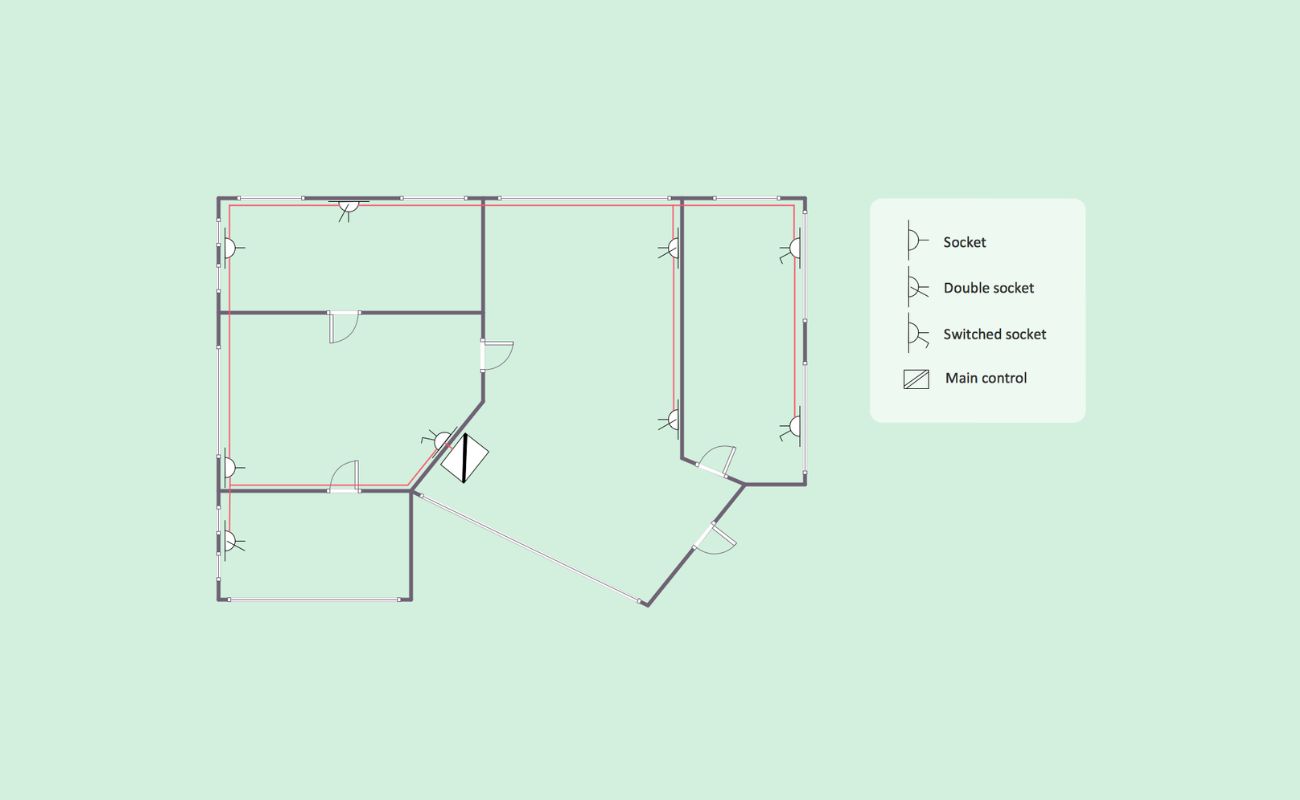
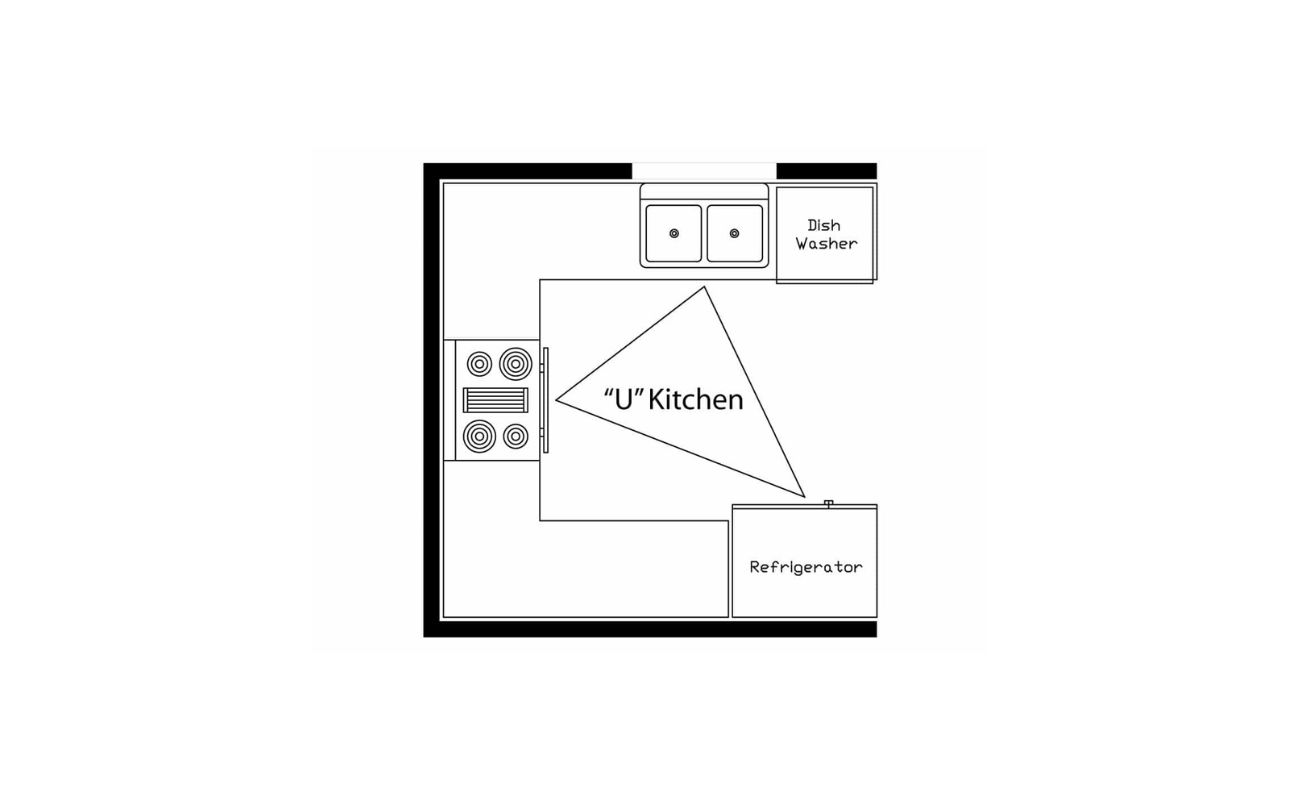
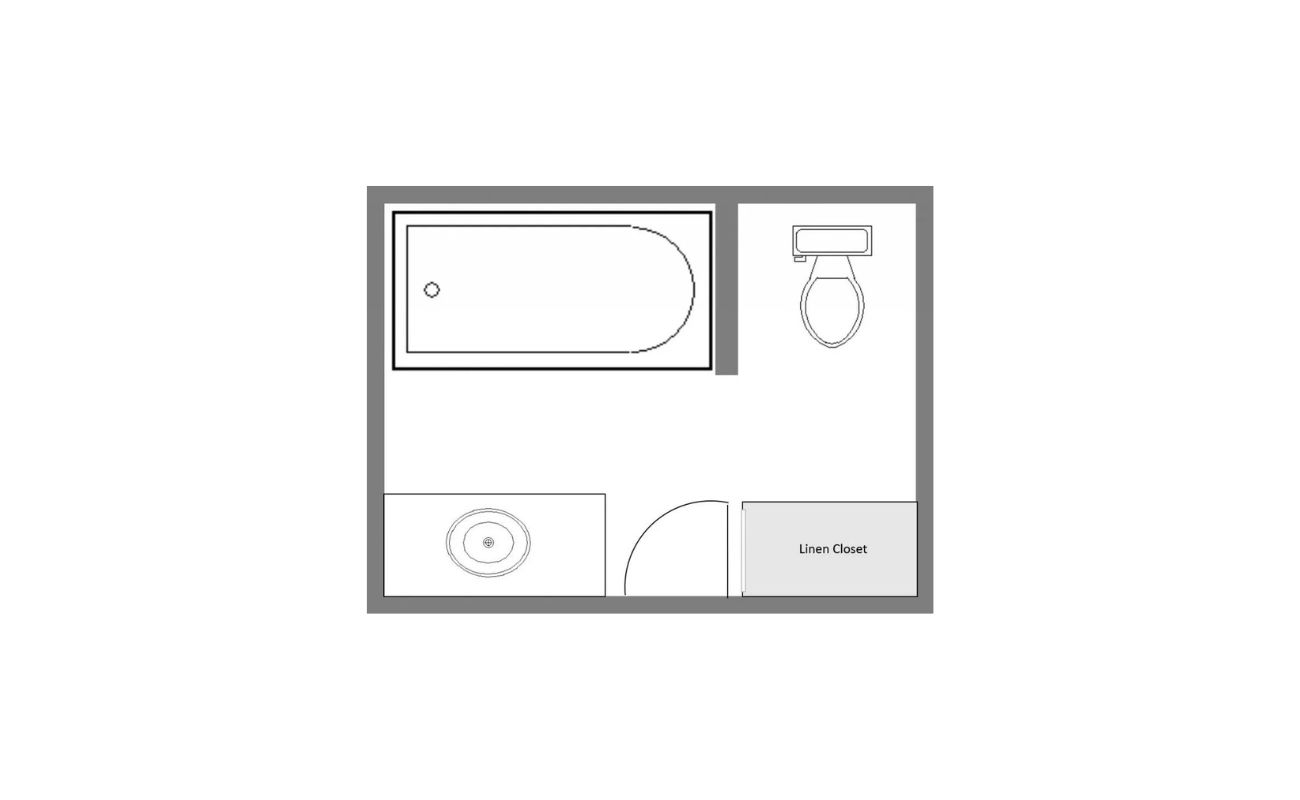

0 thoughts on “What Is “WH” On A Floor Plan”